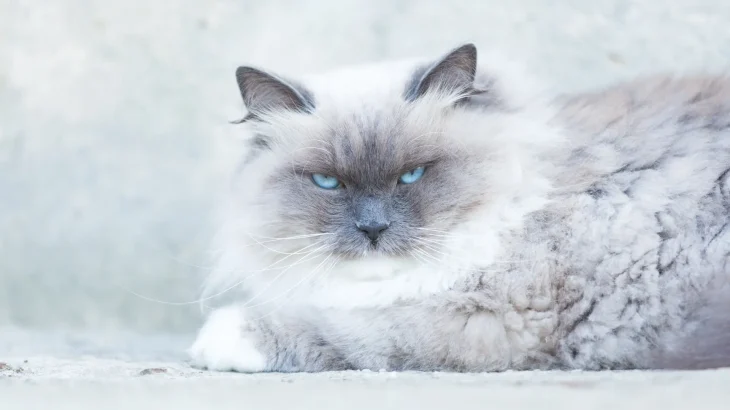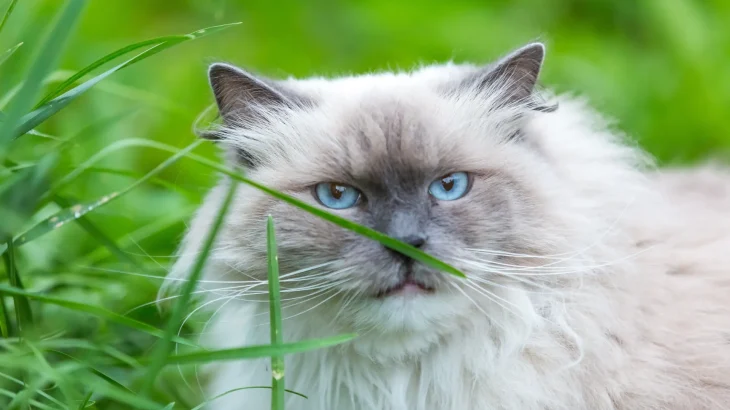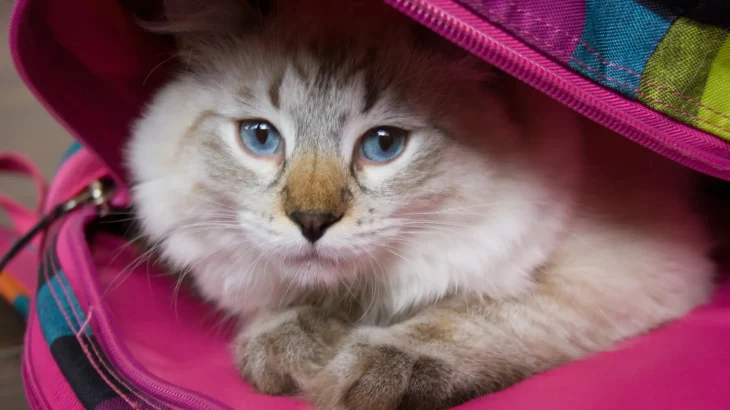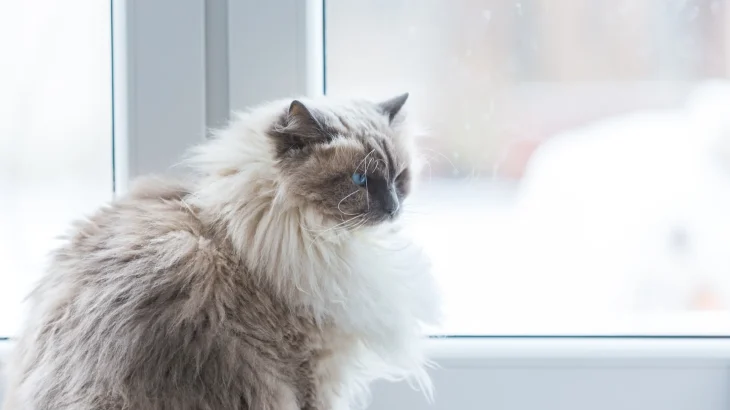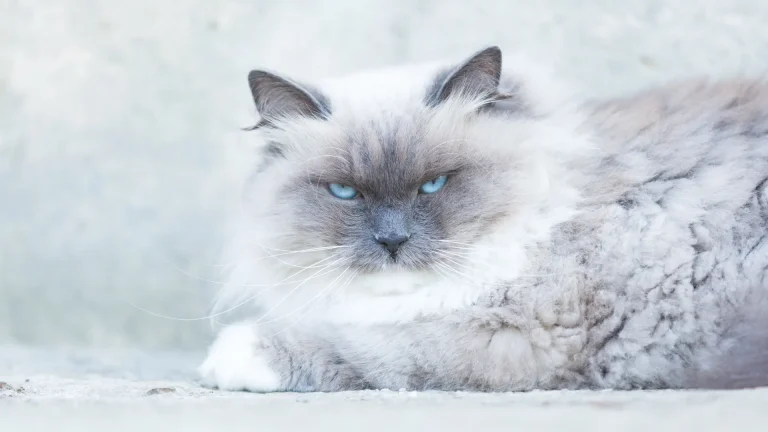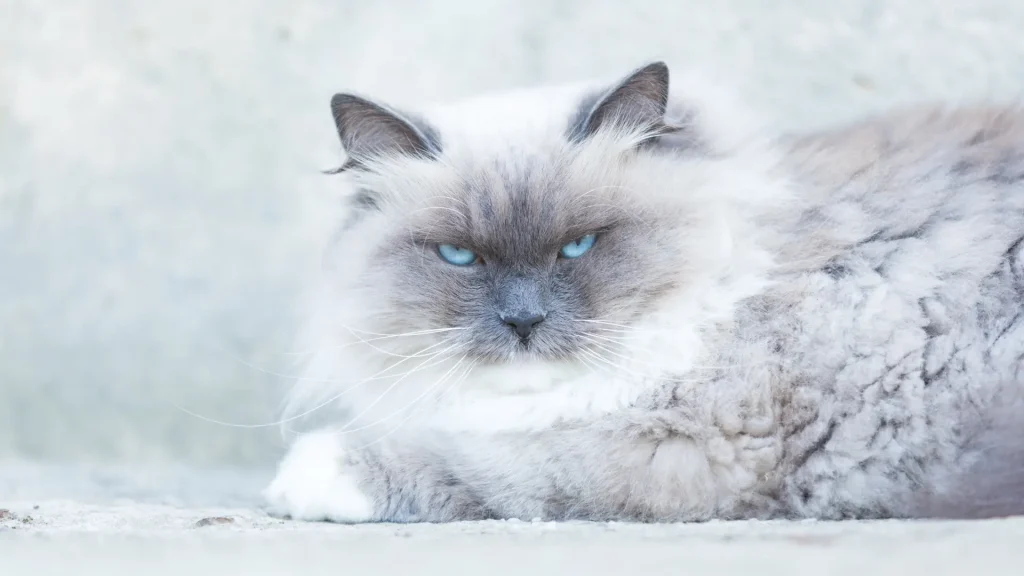When deciding to bring a Neva Masquerade kitten into your home, the choice between adopting and purchasing largely comes down to what you value most: detailed breed information or giving a cat a second chance. Purchasing from a breeder usually offers guarantees about the kitten's lineage and health, whereas adoption provides a wonderful opportunity to offer a loving home to a cat in need, though specifics about the cat's background may be less certain.
Adoption vs. Breeder: Pros & Cons
| Criteria | Buying from Breeder | Adopting from Shelter/Rescue |
|---|---|---|
| Cost | Typically higher, reflecting pedigree and breeding care. | Generally lower fees, often covering vaccinations and spaying/neutering. |
| Health History | Comprehensive health records and genetic testing usually available. | Health info may be limited; basic checks standard. |
| Age Availability | Mostly kittens, allowing early bonding and socialization. | Varies widely, kittens and adults possible. |
| Temperament Insight | Breeders provide details based on parents' temperament. | Shelter staff report observed behaviors; full history unknown. |
| Supporting Practices | Supports established breeding programs; verify breeder ethics. | Supports animal welfare by rehoming displaced cats. |
| Breed Purity & Pedigree | Verified pedigree ensuring breed traits. | Breed purity often unknown; mixes possible. |

